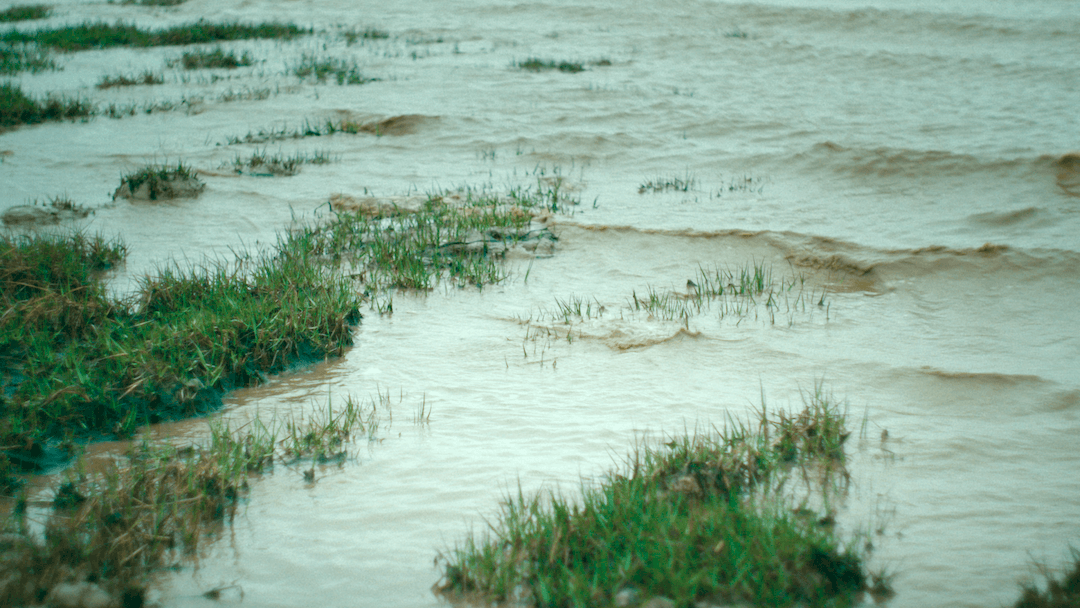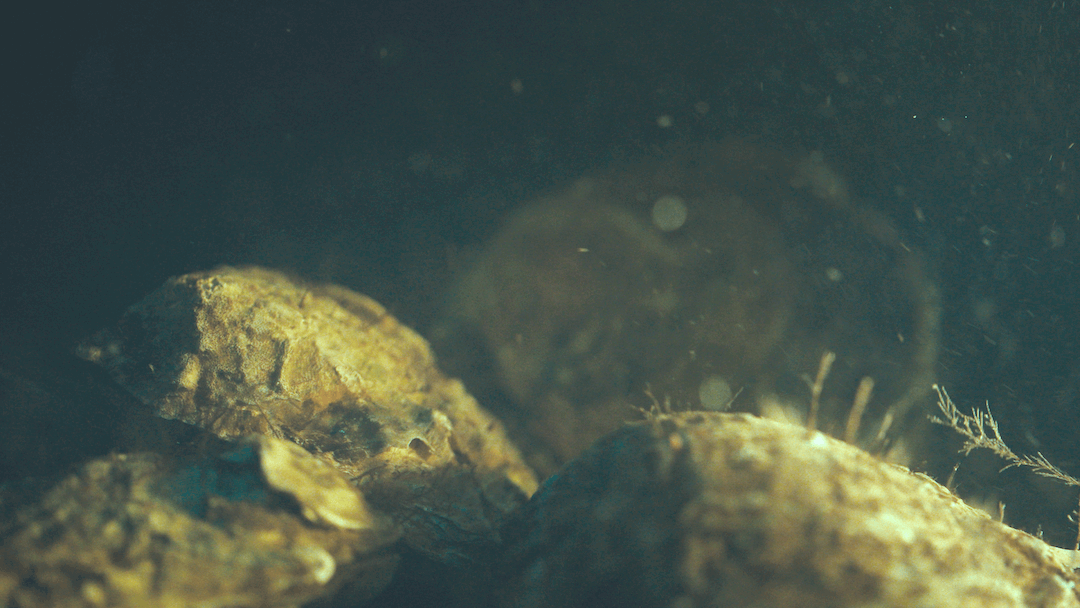Coastal habitats are unsung heroes in our fight against climate change. They’re also biodiversity-rich ecosystems teeming with life. But these essential habitats are under severe threat. In England’s Humber Estuary, we’ve embarked on a seascape restoration project – Wilder Humber – to improve the health and resilience of the estuary’s ecosystem by bringing back these habitats.
The Humber Estuary is one of the most important natural features in the UK –especially for the birds and wildlife that depend on it. The area has been designated as a Special Area of Conservation and a Special Protection Area by the EU and is considered a Site of Special Scientific Interest by Natural England.
Decades of pollution and commercial development have resulted in the decline of precious habitats, such as sand dunes, salt marsh, seagrass, and native oysters. As a result, the estuary’s conservation status was downgraded by Natural England in 2012.






